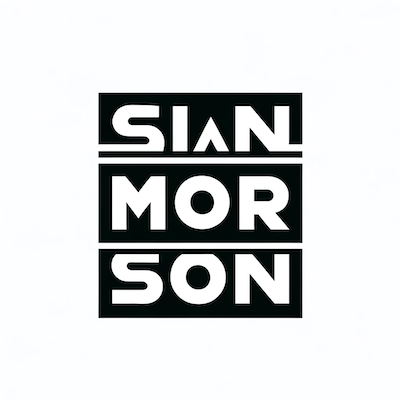Web3 Communities Should Be Safe for Everyone
Introduction
Much has been made about the importance of community in Web3. It’s made up of people, and people have a tendency to fall into certain patterns. These patterns can lead to toxic cultures that are detrimental to the health of the Web3 community as a whole. However, there are ways for us to address these issues and make our communities safer for everyone—including those who may be vulnerable to harm by toxic behaviors or simply need extra care from their fellow community members.
Community is a core pillar of what makes Web3 valuable
The community is a place where you can find support, learn, and grow. It’s also a place to find like-minded people who will share knowledge and expertise with you. Web3 claims that “community is at the core of everything” but it’s high time we showed it. The promise of Web3 is that it can, very well be a home to everyone. For artists and PFP projects alike and collectors of all stripes – building a community is core to their success.
Brands are understanding the value of community. As more brands take the leap into Web3, they are embracing the notion that communities are more than just audiences and customers. They are living, thriving organisms. And communities demand more than a one-way marketing blitz with catchy slogans. Communities demand your attention. They demand a conversation, a give-and-take, and more than ever, they want their voices to be heard.
Communities also harbor danger for some members
It’s a tale as old as time, however, communities also harbor danger for some members. There is a lot of introspection and self-reflection that goes into these communities. But also, there is another side – one in which people prey on the vulnerable, or where groupthink can lead others to inflict harm on more vulnerable members or those who harbor contrarian views that break from those of the majority. This can result in people getting hurt or feeling like they aren’t good enough. It can also lead to individuals being ostracized by their peers if they don’t fit the mold of some ideal form of themselves.
It doesn’t have to be this way
You’re not alone in this. The web3 community has a responsibility to make our spaces safer. We can do this by making sure that we are inclusive, and that we hold ourselves accountable for our actions. We can do this by making our spaces safer, more welcoming, and less prone to abuse.
If you’ve been abused or harassed, please know that it’s not your fault—and it’s not too late to speak up about it! If something has happened to someone else, tell them how much you care about them and ask how you can help support them; don’t let others who may be experiencing abuse feel alone or unsupported at any point in time, even if they haven’t yet had the courage themselves yet expressed themselves publicly about what happened..
Ethics and Principles
Ethics, in a nutshell, are a set of values that guide our actions. Principles are the foundation for those specific values: things like honesty, kindness and fairness.
Why do we need these values? We all know what it’s like to live in an unethical community—sometimes we even see that kind of behavior within our own community. But what does this look like? It might be someone lying about their own work or taking credit for someone else’s ideas; it could be name-calling or spreading rumors about someone else; and perhaps worst of all is when people feel ashamed for sharing their experiences because they’re worried about being judged by others as weak or stupid. The thing is, when we allow people to behave unethically—and especially when we reward them with promotion or leadership roles—we create an environment where everyone suffers. We’ve seen this happen many times before: toxic leaders not only hurt their direct reports but also erode trust across the whole organization.”
Inclusion and belonging
Inclusion is a concept that is often difficult to define, but it can be boiled down to the idea that someone feels like they belong in a community or experience. This sense of belonging—that they are seen, understood, and feel safe and comfortable—is what inclusion means.
In Web3 communities, this can mean anything from feeling accepted as part of a specific project’s community (for example: an Ethereum Improvement Proposal) or having your voice heard by decision makers (for example: team leads in crypto projects). It also means being invited into conversations where you otherwise wouldn’t have access; it’s about being listened to by those who have been given power over various aspects of your life.
Mutual accountability for collective behaviors
The community has a responsibility to make sure everyone feels safe. This means that if someone is being harassed, the community should stand up for them. If someone is being excluded from the conversation, the community should include them. If someone doesn’t know how to fit in, it’s our job as a community to welcome them with open arms and help them find their place.
Communities do not have to embrace toxic cultures
You can be a part of the community and not participate in toxic culture. You can be a member of the community, but not accept or condone toxicity. You can be an active participant in your local web3 ecosystem, and not contribute to an environment that perpetuates violence against people who are different from you.
You don’t have to tolerate abuse, harassment and discrimination if you don’t want to – no matter who is doing it.
Conclusion
We should not accept the premise that communities are dangerous. We can work to make them safe and inclusive places. This is why it’s so important to do our due diligence when joining new communities and particularly when interacting with others online, especially in spaces like Twitter and Discord where anonymity can be problematic.

